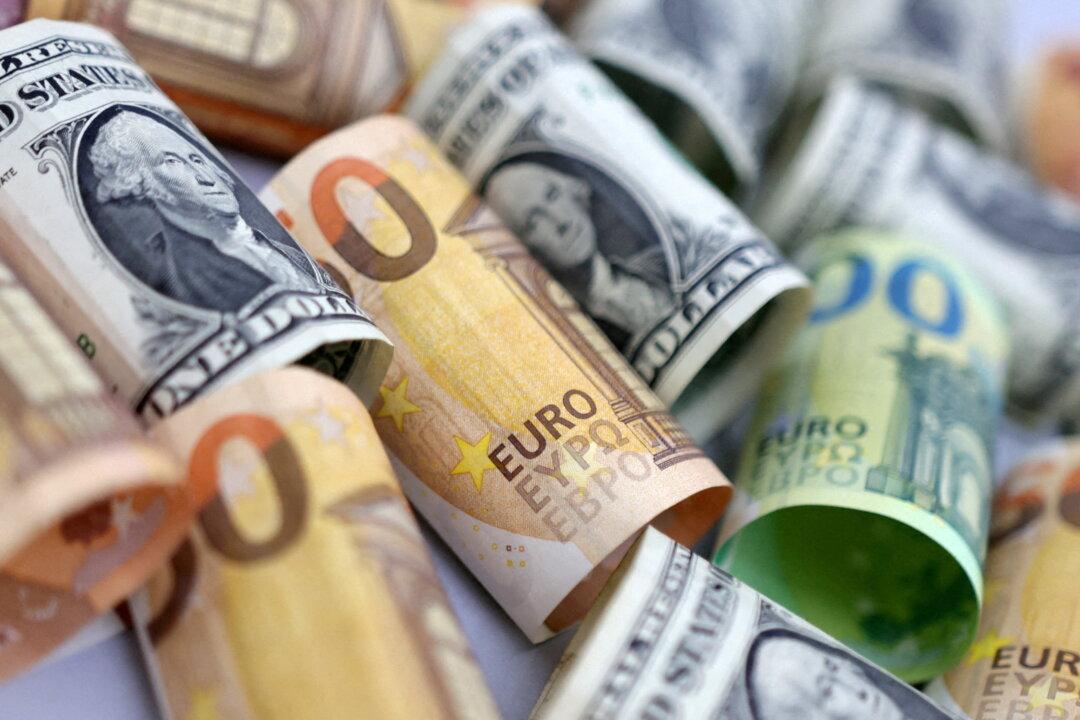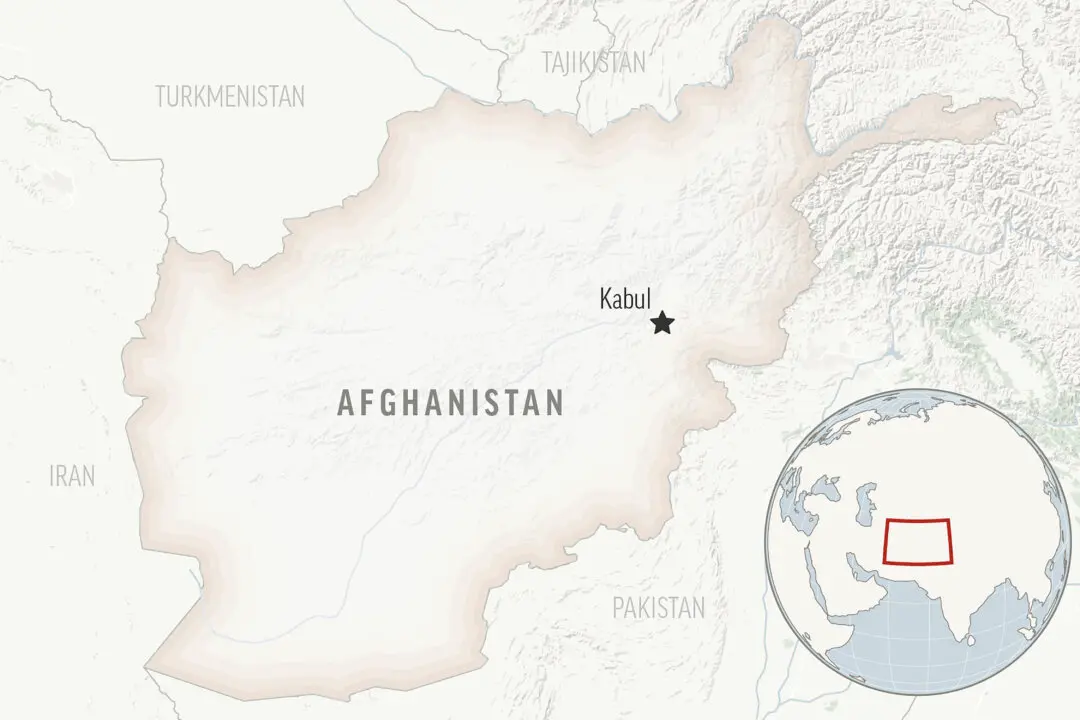LONDON—The euro steadied on Thursday near a two-month low after data showed eurozone inflation eased more than expected last month, backing arguments for only cautious further rate hikes by the European Central Bank (ECB).
Inflation in the 20 nations sharing the euro eased to 6.1 percent in May from 7.0 percent in April, below expectations for 6.3 percent in a Reuters poll of economists.





